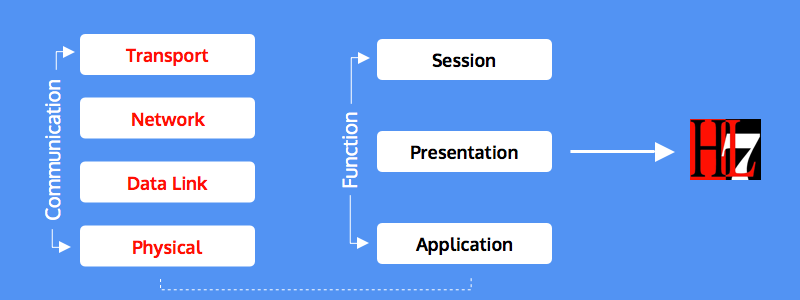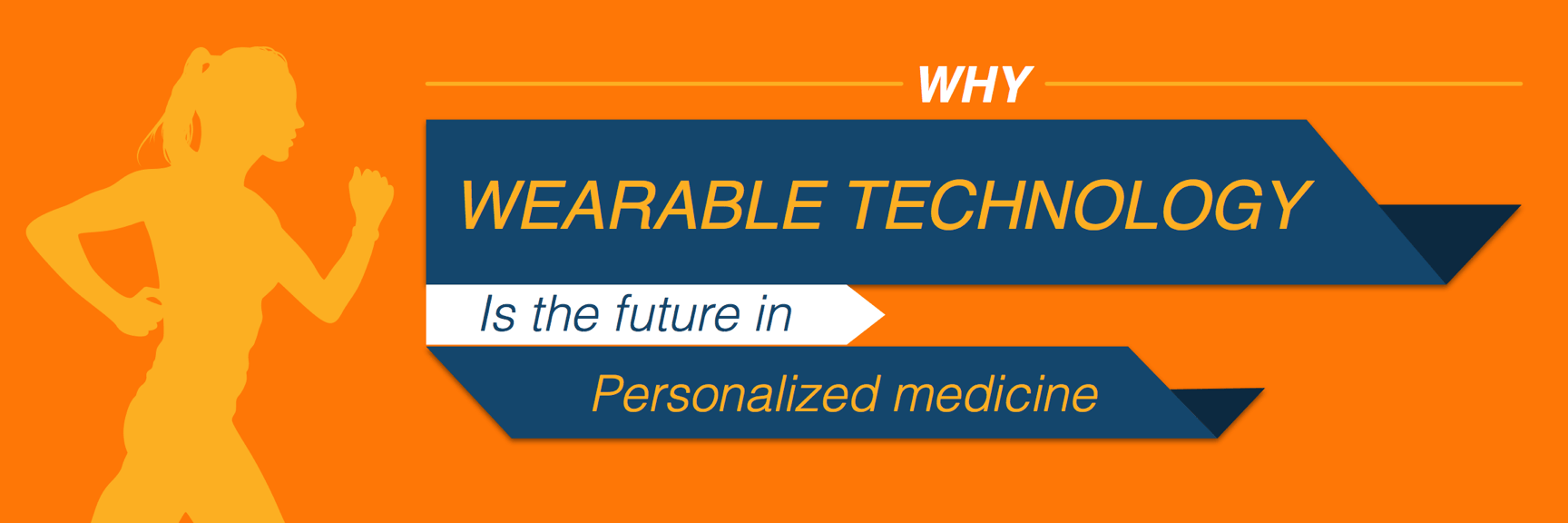Healthcare facilities use a variety of medical devices and complex software applications from different manufacturers. This has given rise to a new challenge for the healthcare industry and i.e. interoperability. Because these applications are developed by different software companies, their integration with other devices and data exchange remains a problem. However, this can be made possible through an Interface which provides healthcare IT professionals more control over their medical devices and greater vendor independence.
HL7 Enabled Applications and Need of Interface
In the healthcare industry, the language which is used to move data between applications is Health-Level 7, in short known as HL7. HL7 is a set of standards that facilitate the development of interoperable systems and promote communication between two or more healthcare applications located within or outside the medical facility. All the messages and documents carrying crucial information can be moved in an easy and standardized way to the point of patient care.
However, even if the systems are HL7-compliant, they may not be able to exchange data because each system can use a variety of standard and custom message formats. To implement an HL7 interface between two or more applications and bridge these gaps, an interface is implemented which can translate and manipulate the data. This manipulation can be handled by hand-coding changes to the messages in a point-to-point interface, or by using a central Interface engine application.
Point-to-Point Architecture and Interface Engine
An HL7 interface is created to facilitate communication and information exchange between two HL7 enabled applications. This interface consists of five elements:
- The sending application which is termed as export endpoint
- The receiving application which is termed as import endpoint
- A method of moving data between two applications
- A method for managing queuing applications
- A method for logging the message flow
A hospital or a medical facility runs various HL7 enabled devices and applications. These medical devices and applications need to communicate with each other where one is considered as export and other import. The communication between the two can be possible by two ways and that are:
- Point-to-point communication is where information is transferred from one system to another through a custom link i.e. the interface between the two. In this case, both the systems communicate independent of other applications.
- Interface engine is a middleware application that eliminates the need of individual connection between systems. It simplifies the system’s interoperability by enabling easy information exchange and monitoring between multiple systems.
As compared to point-to-point architecture, an interface engine is much less expensive and takes comparable less time to implement. In case of P2P communication, costs can increase if you rely on vendor to change or add new interfaces, but IE reduces dependency on multiple vendors as it provides all the tools and architecture to adapt the interface to different HL7 message and data formats.
If you have fewer systems, than P2P architecture is more cost-effective than Interface Engine. However, the latter reduces the no. of interfaces required and provides higher scalability than the former. This is an ideal option for multiple systems.
While this is just an overview on how an interface can be implemented, both the technologies have its own pros and cons, and much complex structure to understand. Nevertheless, at the end, this needs to be kept in mind that despite the availability of these, HL7 interfaces always require some degree of customization.









